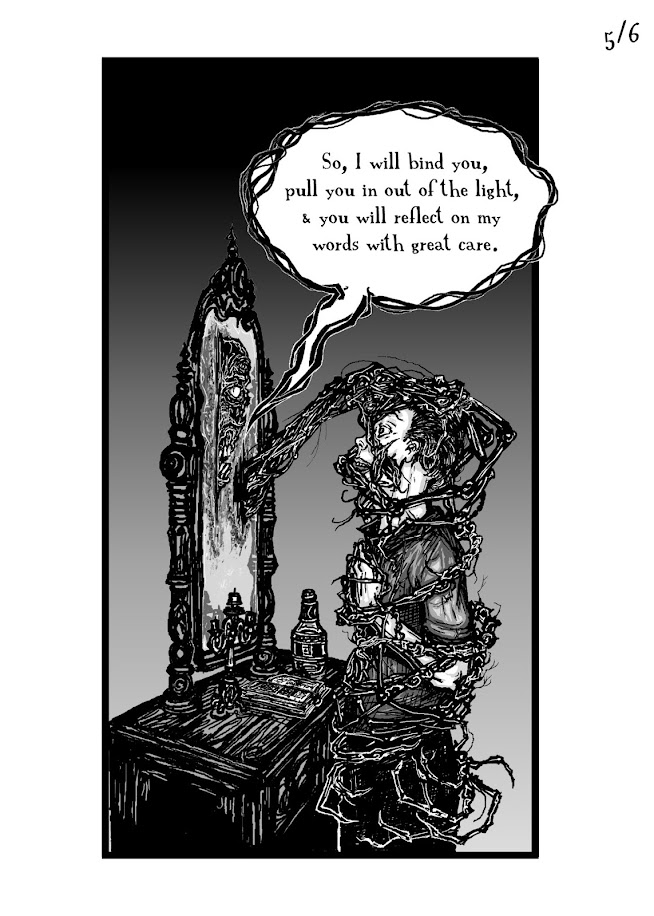ON THE SIXTH NIGHT OF HALLOWEEN … I watched Onibaba (1964), by Kaneto Shindo. It’s a period piece about civil war in 14th century Japan, but none of the main characters are samurai. Instead, we see the fallout of war on ordinary farmers. A woman and her mother-in-law have been reduced to murdering hapless deserters and selling their valuable kit for food. The women then dump the bodies into an eerie pit. The story soon takes a surprisingly erotic turn, involving nightly friends-with-benefits trysts in the tall grass. Consequences finally catch up to the women in the form of a man wearing a cursed demon mask.
Onibaba is quite beautifully made, with excellent cinematography, editing, music, and performances all dovetailing into the filmic equivalent of a moody Muromachi-period landscape painting. What qualifies it as a horror film is its rendition of a spooky folk tale (adapted from a Shin Buddhist parable called “niku-zuki-no-men” (肉付きの面) or “the mask with flesh attached”) revolving around the aforementioned demon mask, and this only gets started two-thirds of the way in. So, it’s really more of a mixed genre picture, at first a historical drama about the miseries of war for regular people, then an erotic melodrama, and finally a traditional supernatural thriller. Somehow it never feels uneven or disjointed though, since Shindo, in addition to blending the technical aspects together so well, is able to make these diverse narrative and tonal currents flow into a unified story. It’s great—though, what this story is ultimately about remains somewhat mysterious to me.
































